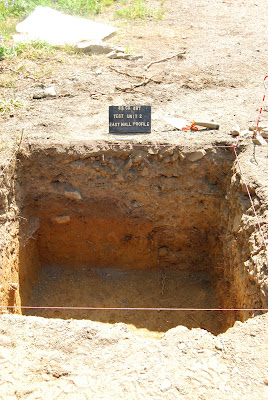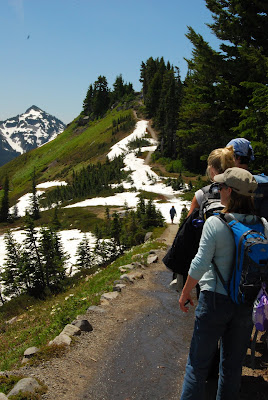
Let’s figure out where we’re going. Can you find the state of Washington on the map?

Can you find Mount Rainier and Mount Olympic National Parks? We’ll be cruising around these two areas.

Both parks are in the Cascade mountain range.
Dr. Stephanie Kuster, a geologist, is traveling with us. Click on the video to find out how these mountains were formed.
An active volcano?! We are staying at the base of an active volcano! Are you scared? Don’t worry….Volcanologists (scientists who study volcanoes) keep a close eye on Mount Rainier monitoring earthquake activity. Click here to see the daily earthquake report. They would let us know if there is a chance she’ll blow. We’d would get out of there quick! We’d follow these signs.

During our trip we’ll be helping some archaeologists with their research, do some hiking and learn about this beautiful part of the country.
Dinner time Discussion:
Mount St. Helens, an active volcano also in the Cascade mountain range, DID blow about thirty years ago. It permanently changed the shape of the mountain. Volcanologists gave everyone plenty of warning, yet 57 people died. One of them was an 83 year old man. People begged him to leave his home on the side of the mountain, but he wouldn’t go. Why do you think he stayed?






















































